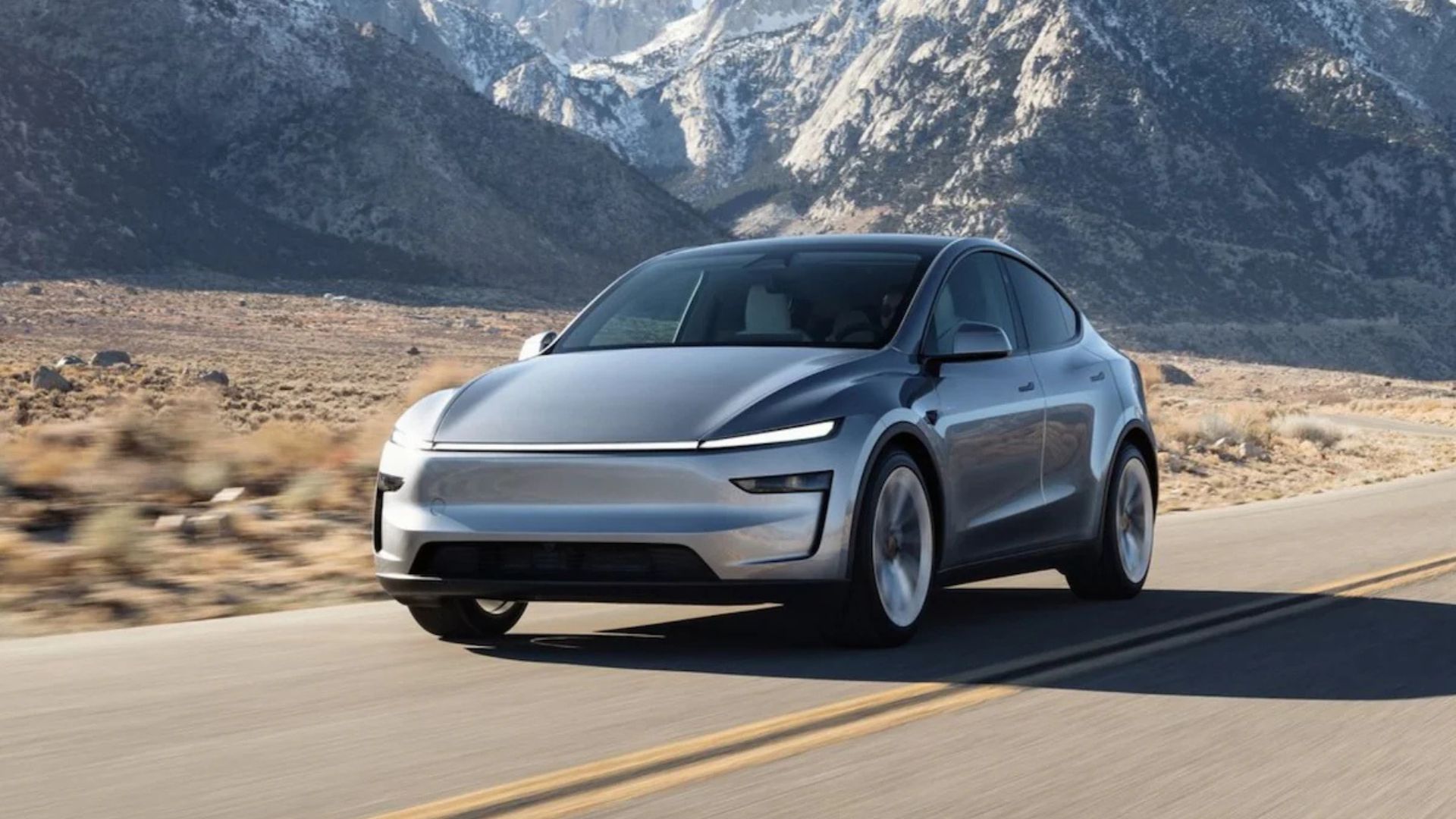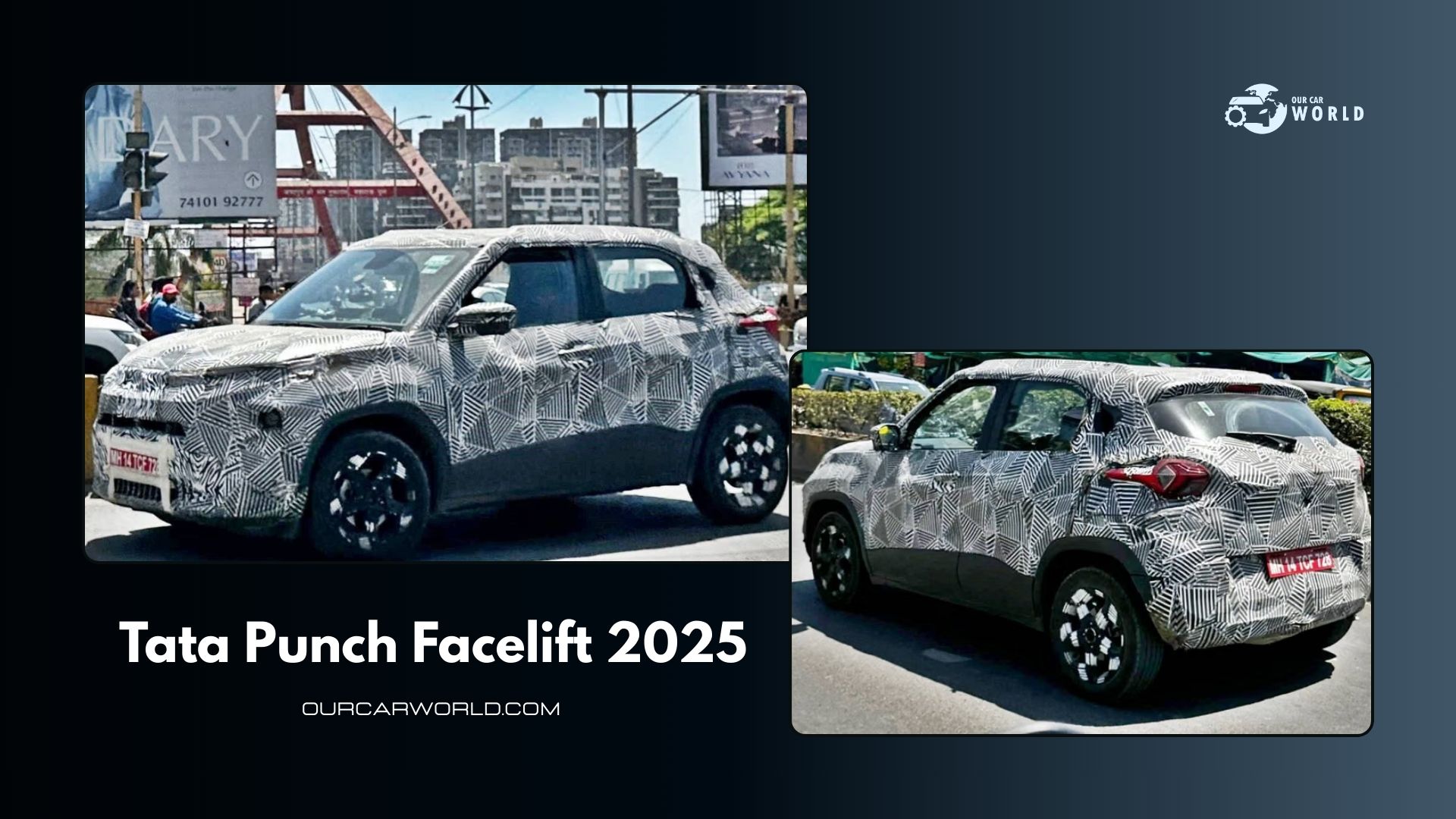Introduction
For years, Tesla symbolized the global electric vehicle revolution – sleek designs, cutting-edge technology, and Elon Musk’s unmatched brand influence. But as Tesla attempted to gain a foothold in India, the journey has been far from smooth.
According to industry estimates, Tesla has seen over a 35% month-on-month drop in bookings and sales interest since its initial buzz earlier this year. While India remains one of the world’s fastest-growing automobile markets, Tesla’s early numbers tell a different story – a tough lesson in how global success doesn’t always translate into local dominance.
So, what went wrong for one of the most powerful EV brands on the planet? In this OurCarWorld market insight, we break down the reasons behind Tesla’s sales decline, the barriers it faces in India, and what the future looks like for Musk’s electric dream here.
1. The Reality Behind Tesla’s Weak Sales Numbers
Tesla’s entry into India was supposed to shake up the premium EV space. The brand began with limited imports of Model Y and Model 3, aimed at high-income buyers in metro cities like Mumbai, Delhi, and Bengaluru.
However, the numbers haven’t lived up to the hype. According to industry reports and dealership-level feedback, Tesla received just a few hundred confirmed bookings, far below the brand’s initial target of 1,500+ units for 2025.
While global demand for EVs has slowed, Tesla’s India-specific challenges go beyond macroeconomic factors. Local competition, import taxes, limited infrastructure, and buyer hesitation have all contributed to a sharp drop in interest.
Want to see what Tesla initially offered for Indian buyers?
Read our earlier post – Tesla Model Y India Launch: Prices, Variants & Features – to understand how the lineup entered the market.
2. Pricing Problem – The ₹1 Crore Barrier
The biggest roadblock for Tesla in India is price.
Even before local taxes, the Model Y Performance variant retails at over ₹70 lakh globally. Once import duties and GST are applied, the price in India crosses ₹1 crore.
That instantly positions Tesla in the luxury car bracket, competing not with Tata or MG EVs, but with Mercedes EQE, BMW i4, and Audi e-tron – brands that already enjoy stronger after-sales networks and local familiarity.
The outcome?
A car built for the upper-middle-class electric adopter suddenly becomes a niche luxury item – limiting its appeal to a few thousand potential buyers across India.
3. Import Duty Dilemma – Government vs. Tesla
For years, Elon Musk pushed for reduced import duties on fully built cars, which currently stand between 70% and 100%. The Indian government, however, stood firm: Tesla must commit to local production to qualify for reduced tariffs.
While Tesla has announced plans to explore local manufacturing in the future, its current operations rely on imports from Shanghai. That means the cost disadvantage remains huge. Unless local assembly begins, the Tesla India sales drop will likely continue as long as prices remain inflated.
India’s EV policy now offers a clear path:
- Automakers investing $500 million+ in local facilities get tariff benefits.
- Without local assembly, pricing remains inflated and unsustainable.
Until Tesla commits to this route, it’ll continue to be priced out of reach for most potential buyers.
4. The Infrastructure Gap – Charging Anxiety Still Real
Tesla’s global success relies heavily on its Supercharger network, which enables easy long-distance travel.
In India, however, that backbone doesn’t exist – yet. Public fast-charging coverage remains limited to metro corridors, and Tesla hasn’t rolled out its proprietary network due to regulatory and cost barriers.
For premium customers spending ₹1 crore, the absence of a guaranteed, reliable charging ecosystem is a dealbreaker. A recent Autocar India analysis also highlighted how inconsistent public charging access limits EV adoption across Indian metros.
Many prefer brands like BYD or Hyundai, which already offer service coverage and charging tie-ups across India.
This is one area where Tesla’s “software-first” strategy doesn’t translate well. You can’t over-the-air update your way out of a lack of chargers.
5. Product Fit – Great Tech, Wrong Market
Tesla’s cars are technological marvels – minimalistic interiors, advanced autopilot, and cloud-connected intelligence. But Indian customers still judge cars differently.
Buyers here prioritize ground clearance, comfort, after-sales trust, and service accessibility. Tesla’s ultra-low stance and limited service centers make ownership risky outside major metros.
Even within city limits, repair turnaround time and spare parts availability remain concerns.
As one automotive consultant put it –
“Tesla sells confidence in California, but caution in Chennai.”
6. The Competition Has Evolved
When Tesla first eyed India in 2021, the local EV scene was still nascent. Fast forward to 2025, and the landscape looks very different.
Brands like Tata Motors, BYD, Hyundai, MG, and Kia have already created strong EV portfolios – most under ₹35 lakh – giving buyers multiple proven options.
Tata’s Nexon EV dominates the mass segment, while BYD’s Seal and Atto 3 offer premium range and tech. Even Hyundai’s Ioniq 5 brings futuristic design and practicality at nearly half Tesla’s price.
So when potential buyers compare “features per rupee,” Tesla suddenly looks overpriced, not aspirational.
7. Policy & Localization – Tesla’s Slow Move
India’s latest EV policy encourages manufacturers to “Make in India”, offering tax reliefs and faster certification for those who localize production.
Tesla’s hesitation to commit to an Indian factory means it misses those incentives – and continues to face steep import penalties.
Meanwhile, competitors like BYD are expanding local assembly, securing an edge not just in cost but also in policy compliance and long-term market trust.
Until Tesla follows suit, its Indian presence will remain limited to a few dozen elite owners rather than a nationwide footprint.
8. Global Slowdown, Local Setback
Tesla’s troubles aren’t just Indian. Globally, the company has seen slowing growth due to:
- EV saturation in Western markets
- Growing competition from Chinese brands
- Price cuts affecting profit margins
- Delays in new model launches (Cybertruck, next-gen Model 3)
But in India, these global pressures amplify existing challenges.
The result? Lower shipments, fewer orders, and a shrinking share of voice in an EV market it was once expected to dominate. Analysts say the Tesla India sales drop mirrors the company’s broader Asia-Pacific slowdown, worsened by weak demand and supply issues.
According to a recent Bloomberg report, Tesla’s overall Asia-Pacific bookings dropped sharply in Q2 2025, and India contributed little to recovery.
9. What Tesla Needs to Fix – Fast
Here’s what Tesla must address to turn things around in India:
- Local Assembly: Establish a CKD or SKD plant to bypass import duties.
- Expand After-Sales Network: Build service points in at least 10 key cities.
- Supercharger Rollout: Collaborate with Tata Power or ChargeZone for coverage.
- Localized Product Mix: Offer a variant with higher ground clearance and reduced feature cost.
- Finance & Leasing Plans: Launch EMI-based ownership programs for easier accessibility.
- Marketing Repositioning: Shift from “luxury tech” to “smart sustainable mobility.”
Without these changes, Tesla risks remaining a halo brand in India – admired but unattainable.
10. The Road Ahead – Can Tesla Reclaim Momentum?
Tesla’s 35% sales drop is a reality check, not a death sentence. India still represents a massive opportunity – a market that will cross 5 million annual EV sales by 2030.
But the formula here is different. It’s not just about speed or innovation – it’s about adaptation.
The brands that thrive in India are those that localize, listen, and simplify.
If Tesla sets up a local plant, launches a ₹40–50 lakh variant, and rolls out charging infra aggressively, the story could change within a year.
Until then, India’s EV throne belongs to homegrown and early-localized players.
Conclusion
Tesla’s fall in India isn’t a failure – it’s a wake-up call.
The company revolutionized global mobility but underestimated India’s unique market behavior. In a country where value, accessibility, and trust matter as much as technology, even the world’s most admired EV brand can stumble.
Still, the potential is too large to ignore. With strategic localization, better pricing, and infrastructure investments, Tesla can still write its India success story – just not the way it expected.




